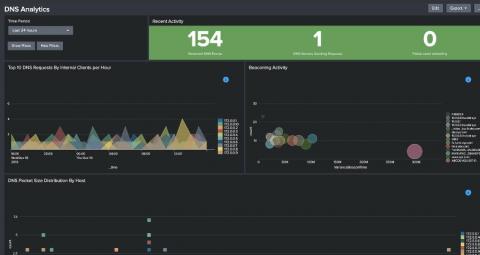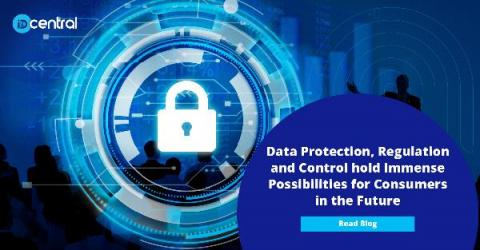Brexit and the GDPR - what the EU Withdrawal Agreement means for data protection in the UK
Following a long period of political turmoil, the UK government’s Brexit withdrawal bill has completed its passage through the House of Commons and received royal assent. While this deal is merely the starting point of the Brexit process, it sets into motion an intensive period of trade negotiations which, regardless of whether a deal is agreed or not, could have a significant impact on the way that UK organisations operate.











